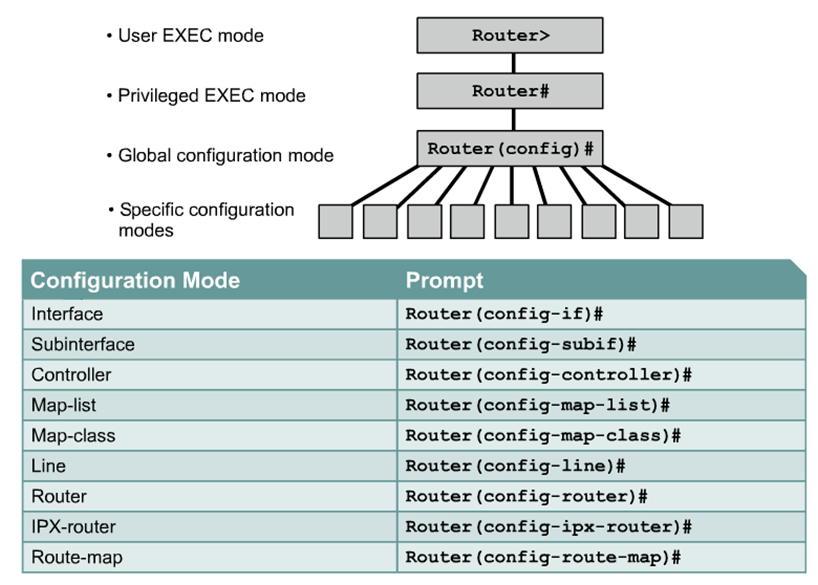Hybrid Technology & Hybrid vehicles
Nowadays people tend to see technology as a solution to some of the problems that exist on our planet. To some extent technology can be used for good, but with new developments come new challenges issues. The digital divide is one such issue, one that people are actively trying to overcome. Whereas, limitations face with existing natural resources force people to think for alternatives. Unfortunately, even where computer facilities are readily available, the digital divide persists even in the world's most wealthy countries; access to the latest and most beneficial technologies is limited for those in rural areas and people with disabilities.
However, these are not the only observations to be made. Recently, many advances in mobile media and technology have been made, creating a new world of possibilities. Our challenge is to figure out how to use technology - both the existing and the emerging - for good, and how to assure its access and use in the most democratic way possible.
Environmental technology
Environmental technology, green technology or clean technology is the application of one or more of environmental science, green chemistry, environmental monitoring and electronic devices to monitor, model and conserve the natural environment and resources, and to curb the negative impacts of human involvement. The term environmental technologies are also used to describe a class of electronic devices that can promote sustainable management of resources.
Green technology field encompasses a continuously evolving group of methods and materials, from techniques for generating energy to non-toxic cleaning products.
The present expectation is that this field will bring innovation and changes in daily life of similar magnitude to the "information technology" explosion over the last two decades. In these early stages, it is impossible to predict what "green technology" may eventually encompass.
The goals that inform developments in this rapidly growing field include:
Sustainability - meeting the needs of society in ways that can continue indefinitely into the future without damaging or depleting natural resources. In short, meeting present needs without compromising the ability of future generations to meet their own needs.
Examples of green technology subject areas
1. Energy
Perhaps the most urgent issue for green technology, this includes the development of alternative fuels, new means of generating energy and energy efficiency.
2. Green building
Green building encompasses everything from the choice of building materials to where a building is located.
3. Environmentally preferred purchasing
This government innovation involves the search for products whose contents and methods of production have the smallest possible impact on the environment, and mandates that these be the preferred products for government purchasing.
4. Green chemistry
The invention, design and application of chemical products and processes to reduce or to eliminate the use and generation of hazardous substances.
5. Green nanotechnology
Nanotechnology involves the manipulation of materials at the scale of the nanometer, one billionth of a meter. Some scientists believe that mastery of this subject is forthcoming that will transform the way that everything in the world is manufactured. "Green nanotechnology" is the application of green chemistry and green engineering principles to this field.
What is Vehicle Hybridization?
Hybrid vehicle
A hybrid vehicle is a vehicle that uses two or more distinct power sources to move the vehicle. The term most commonly refers to hybrid electric vehicles (HEVs), which combine an internal combustion engine and one or more electric motors. However other mechanisms to capture and utilize energy are included.
Hybrid fuel (dual mode)
You can choose to ignore the incessant global warming campaigns. Most of us simply forget that we live on earth which is slowly deteriorating because of our actions. But all of us cannot tolerate the continuing rise in gas prices. Customers today are looking for alternatives to save on fuel costs. Fortunately hybrid vehicles have given us the option to save gas and help the environment. Hybrids are no longer restricted to a conventional 4 door sedan. Hybrid SUVs are also out on the market today to meet the demands of the customers.
How Hybrid Cars Works, Features And Functions
A hybrid technology features a small fuel-efficient gas engine joint with an electric motor that assists the engine while speeding up. The electric motor is powered by batteries that recharge automatically while you drive.
Hybrid-electric vehicles (HEVs) combine the benefits of gasoline engines and electric motors and can be configured to obtain different objectives, such as improved fuel economy, increased power, or additional auxiliary power for electronic devices and power tools.
There are two types of gasoline-electric hybrid autos: the similar hybrid technology and the series hybrid autos. In a parallel hybrid vehicle, a gasoline engine and an electric motor work together to move the car forward, while in a series hybrid cars the gasoline engine either directly power an electric motors that power the vehicle or charges batteries that will power the motor.
Regenerative Braking. The electric motor applies resistance to the drivetrain causing the wheels to slow down. In return, the energy from the wheels turns the motor, which functions as a generator, converting energy normally wasted during coasting and braking into electricity, which is stored in a battery until needed by the electric motor.
Electric Motor Drive/Assist. The electric motor provides additional power to assist the engine in accelerating, passing, or hill climbing. This allows a smaller, more efficient engine to be used. In some vehicles, the motor alone provides power for low-speed driving conditions where internal combustion engines are least efficient.
Automatic Start/Shutoff. Automatically shuts off the engine when the vehicle comes to a stop and restarts it when the accelerator is pressed. This prevents wasted energy from idling.
For fuel economy information on these vehicles, please visit the Compare Side-by-Side section.
Hybrid Technology also gains efficiency from Smaller and more efficient engines.
Thank you !
































